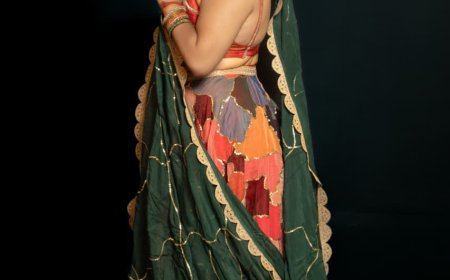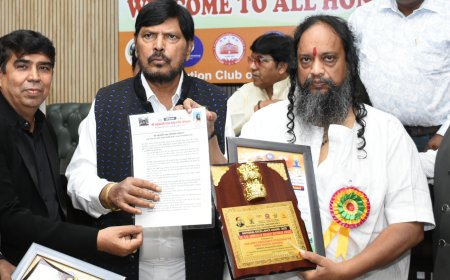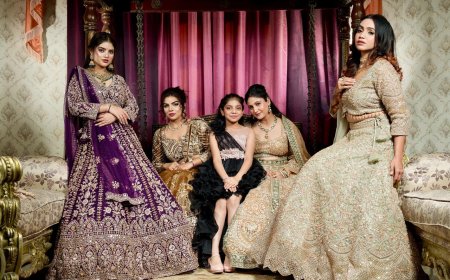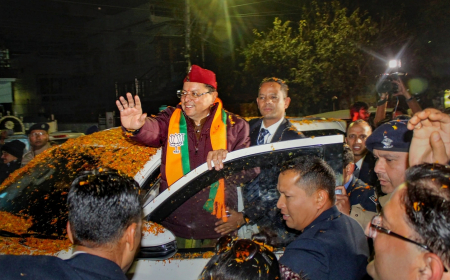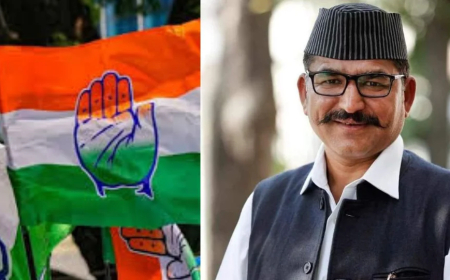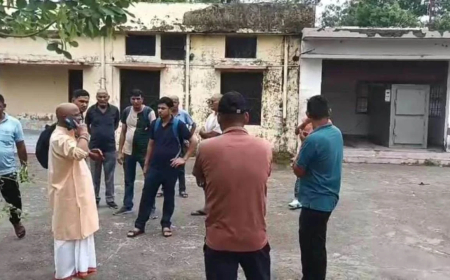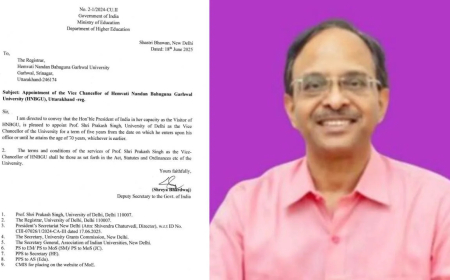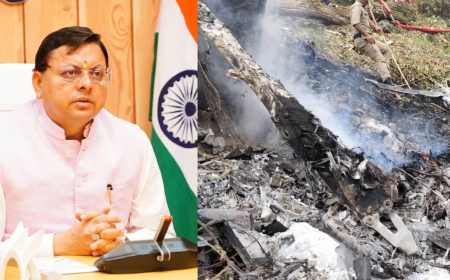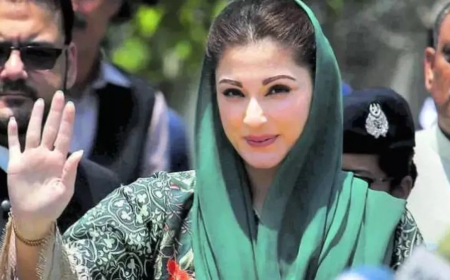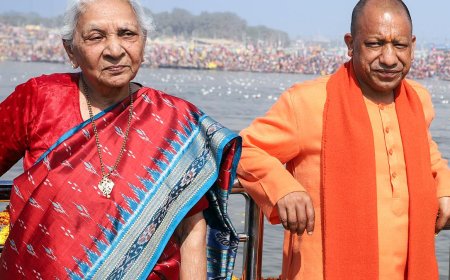Not a Muslim Name: The Rajput History of Mianwala and the Guleria Legacy
While the Uttarakhand government recently renamed Mianwala to Ramjiwala, claiming it removed a Muslim identity, historical evidence shows that “Mian” was a Rajput title bestowed on Guleria nobles. Mianwala was never a symbol of Islamic heritage, but of a deep cultural and royal lineage between Himachal and Garhwal.
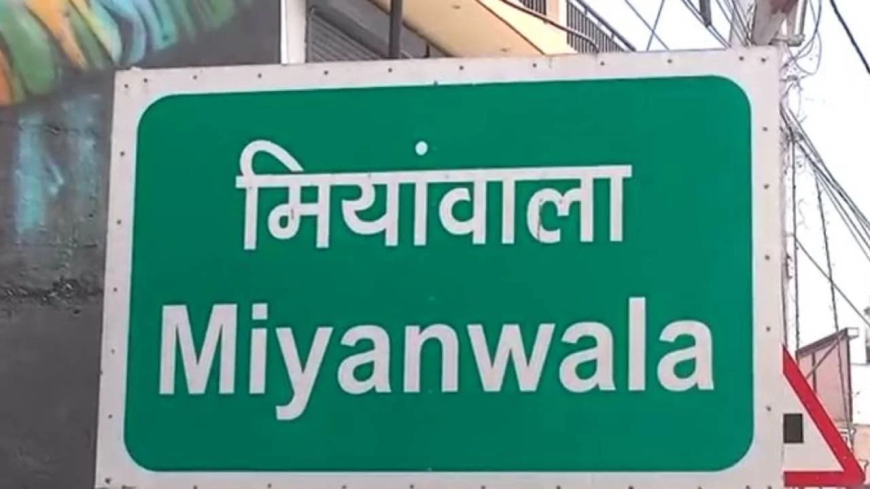
The recent renaming of Mianwala to Ramjiwala by the Uttarakhand government has triggered both celebration and criticism. The move, part of a larger decision to rename 15 places across four districts — many with perceived Muslim-sounding names — is being seen as an assertion of cultural identity by some, and an erasure of history by others. Yet in the case of Mianwala, the story is far more layered, and far from communal.
Contrary to common belief, Mian in Mianwala is not a marker of Islamic presence. Instead, it finds its origins in the Rajput aristocracy of the Guler princely state (present-day Kangra, Himachal Pradesh), and its deep historical connections with Garhwal and Tehri princely states.
Guler to Garhwal: A Royal Alliance
The Guler principality, once a culturally rich hill state, had significant matrimonial and political relations with the Garhwal region. It is recorded that 13 kings of Garhwal and Tehri married into Guler’s royal lineage. King Pradeep Shah of Garhwal, who ruled for nearly 60 years, had marital ties with Guler. One of the most celebrated personalities from this lineage was Rani Guleria Ji, the queen of King Pratap Shah of Tehri Garhwal and mother of Kirti Shah, grandmother of Narendra Shah.
These royal marriages weren’t just alliances — they led to the migration of the Guleria Rajput clans into Garhwal, accompanying the queen’s "doli" and earning the colloquial name “Doler.” As a mark of respect and kinship, these nobles were honored with estates and the title ‘Miyan’ — a non-Islamic, local honorific.
Mianwala: A Rajput Jagir
It was during Pradeep Shah’s reign (1709–1772) that the Mianwala estate near Dehradun was granted to Guleria Rajputs. These Rajputs, referred to as “Miyan” in the local Garhwali tradition, established the area as a fiefdom. Mianwala thus refers not to any Muslim lineage, but to the nobility of Rajput warriors and administrators.
As historian Padmashree Dr. Yashwant Singh Katoch confirms, “Miyan” was a title for these Guleria Rajputs — a community that still resides in places like Bhilangana (Tehri), Naugaon Khal (Pauri), and Rampur (Narendranagar).
The absence of mosques or Islamic institutions in Mianwala further reinforces that this wasn’t an area shaped by Muslim heritage. Its transformation into a densely populated urban zone erased its historical roots, but the legacy remains — albeit buried under layers of modern misunderstanding.
Rani Guleria: A Forgotten Pillar of Power
One of the most powerful voices of this era was Rani Guleria, a queen regent who protected Tehri Garhwal’s sovereignty during a time of British interference. After her husband Pratap Shah's death in 1913, she safeguarded the throne for her young son and fiercely resisted British political influence.
She undertook religious construction like the Badrinath Temple in Tehri, promoted social welfare, and earned the devotion of her people despite personal tragedy. Her legacy is rarely discussed today, but she remains a towering symbol of women’s leadership and Rajput honor.
What About the Word “Miyan”?
Linguistically, the word “Miyan” does exist in Arabic, Urdu, and Hindi, commonly used among South Asian Muslims as an honorific meaning “Sir” or “Respected One.” It was popularized during the Mughal era. However, context matters.
In Mianwala’s case, the use of “Miyan” is not Arabic-Islamic, but Rajput-Himalayan — rooted in local tradition and specific to the Guleria nobles. This makes its usage distinct from Islamic identity, especially when no religious or cultural Islamic markers — like a mosque — exist in the village’s history.
A Legacy Lost in Time
Over the last 150 years, Mianwala has undergone drastic change. The original families sold off their lands, and with urbanization and population growth, the Guleria identity faded. Today, there are no descendants of the Miyan community left in Mianwala. Yet the name endured — until now — as a fading echo of Rajput pride and cross-regional kinship.
The parallel story of the Dunga Jagir in Dehradun follows a similar arc. Once given to the Pundir family by Garhwal kings, only Dunga House near Parade Ground remains today as a silent reminder of past grandeur.
A Misstep in Name, a Lesson in History
Renaming Mianwala to Ramjiwala might appear like a religious realignment on paper, but in truth, it is an erasure of a deep and unique Rajput legacy, not a Muslim one.
What was once a living bridge between Himachal and Uttarakhand, and a symbol of matrimonial diplomacy and shared culture, has been misread through the lens of modern communal assumptions.
As Uttarakhand continues to redefine its cultural symbols, perhaps the true work lies in preserving and correctly interpreting the layered histories that make up its soul — not rewriting them with misunderstood intentions.






